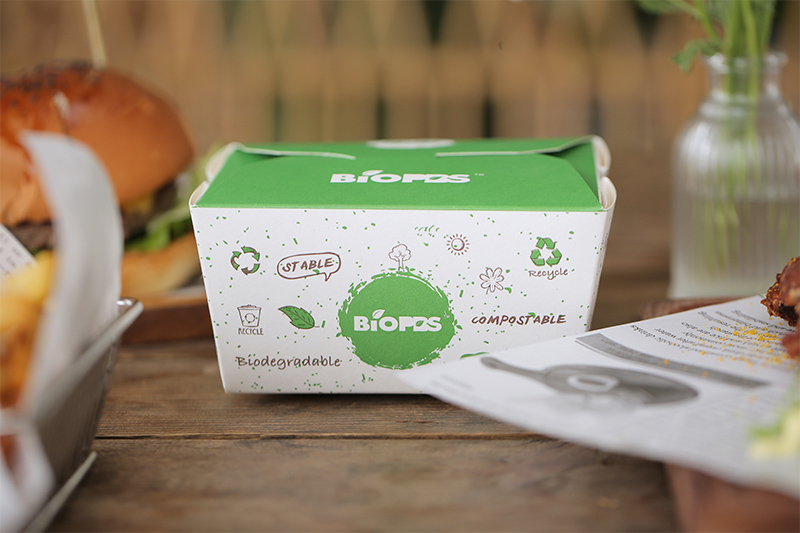The biggest difference between biodegradable lunch boxes and other fast food boxes is that they are biodegradable and the materials used can be recycled.
Degradable lunch boxes are also divided into two categories, partially degradable and fully degradable. Partially degraded lunch boxes generally refer to corn starch-based lunch boxes, which are polymer-polylactic acid obtained by chemical methods using corn, cassava, etc. as raw materials. The characteristics are that it does not contain substances harmful to the human body, is waterproof and oil-proof, and can be partially degraded. Compared with traditional lunch boxes, it is more environmentally friendly. The authenticity of the cornstarch lunch box starts from two aspects: color and smell. The white lunch box may have some additives such as bleach and talcum powder added, because the powder lunch box itself is yellow in color and smells like corn plants. fragrance.
Fully degradable lunch boxes generally refer to straws, reeds, sugarcane, bamboo and other plant fibers as raw materials under the action of natural microorganisms (bacteria, molds, algae) enzymes, biochemical reactions occur, causing mildew appearance to internal quality changes, and finally A lunch box of carbon dioxide and water is formed. It is easy to use and light in weight. Food-grade waterproof and oil-proof additives are used in deep processing to prevent penetration. In addition to the above features and differences, the cost of degradable lunch boxes is relatively high. Of course, with the development of the economy and the large demand for environmentally friendly lunch boxes in the future, biodegradable lunch boxes may become disposable environmental protection tableware main force.



